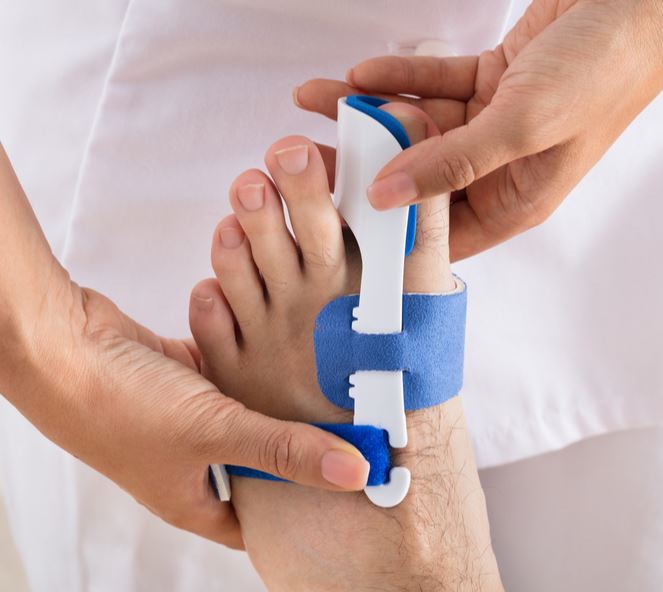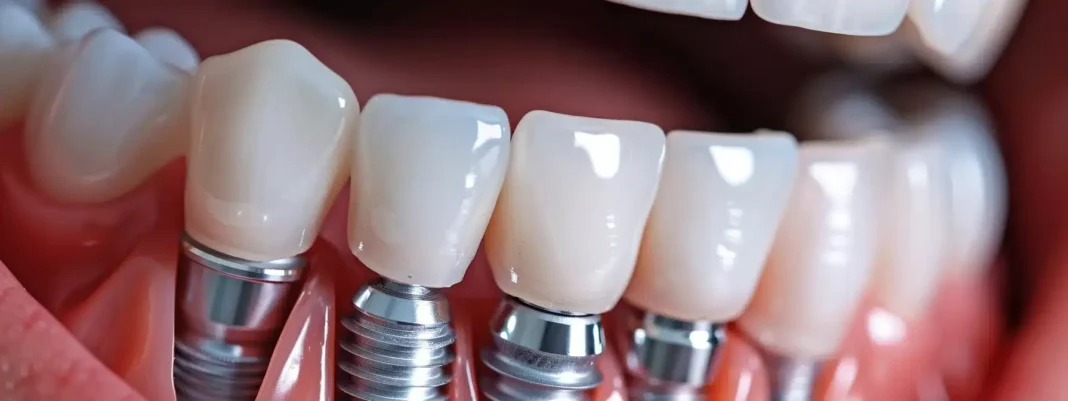A bunion can gradually disrupt daily activities, turning simple movements into persistent discomfort. While surgery may be necessary in some cases, many patients find meaningful relief through targeted lifestyle modifications. From footwear choices to activity adjustments and at-home care, addressing the root causes of bunion pain can improve mobility and delay progression. Understanding these non-invasive strategies is key to managing symptoms and preserving foot health.
Choose the Right Footwear
Proper footwear serves as the foundation for managing bunion pain. Shoes with wide toe boxes allow adequate space for the bunion and prevent extra pressure on the deformed joint. The toe area should accommodate the bunion without creating friction or squeezing.
Supportive shoes with good arch support help distribute weight evenly across the foot, providing a more comfortable experience. This reduces concentrated pressure on the bunion area during walking and standing activities. Low-heeled shoes maintain proper foot alignment and prevent excessive forward pressure on the toes. High heels and tight-fitting shoes worsen bunion symptoms by forcing the toe into an unnatural position. These footwear choices increase pressure on the hallux valgus deformity and may accelerate its progression.
Incorporate Daily Foot Exercises
Foot exercises maintain joint mobility and strengthen surrounding muscles. Toe stretches may help counteract the inward pull of the big toe toward the second toe. Simple exercises like spreading the toes apart and holding the position for several seconds may help improve flexibility.
Strengthening exercises target the muscles that support proper toe alignment. Picking up small objects with the toes or pressing the toes down against resistance builds muscle tone. These exercises, performed regularly, may help maintain joint function and reduce stiffness.
Use Supportive Aids and Padding
Bunion pads create a barrier between the bunion and the shoe, reducing friction and pressure. These protective cushions come in various materials and thicknesses to accommodate different shoe types. Gel pads provide extra cushioning for sensitive bunions.
Orthotics redistribute weight across the foot and improve foot mechanics. Custom-made orthotic devices address individual foot structure needs and provide targeted support. Over-the-counter arch supports also offer benefits for mild bunion cases.
Toe spacers help maintain proper toe alignment by preventing the big toe from drifting toward adjacent toes. Night splints worn during sleep can gently stretch the toe joint and surrounding tissues. These devices work gradually to improve toe positioning over time.
Prioritize Weight Management
Maintaining a healthy body weight reduces the load placed on foot joints during daily activities. Excess weight increases pressure on the bunion and can exacerbate symptoms. Weight loss through proper diet and exercise benefits overall foot health.
Regular physical activity promotes circulation and maintains joint mobility. Low-impact exercises, such as swimming or cycling, provide cardiovascular benefits without excessive foot stress. Walking remains beneficial when proper footwear is worn and distances are gradually increased.
Avoiding prolonged standing or walking prevents excessive strain on the bunion. Taking breaks during long periods of activity allows the foot to rest and reduces inflammation. Elevating the feet when resting helps decrease swelling around the toe joint deformity.
Explore Treatment Options for Bunion Today
Lifestyle modifications often provide effective relief for many individuals with bunion pain. Proper footwear, regular exercise, supportive aids, and weight management work together to reduce symptoms and slow progression. These conservative approaches offer alternatives to surgical intervention for mild to moderate cases. For severe bunions, consult a podiatrist for professional evaluation and explore available treatment options.
- Pedrovazpaulo Wealth Investment: Unlocking Financial Freedom Through Innovative Strategies
- EO Pis: A Comprehensive Guide to Environmental Objectives and Performance Indicators
- Premiumindo69: The Future of Digital Entertainment
- Macadamia Nut Milk: Health Benefits, Recipes, and Why It’s the Perfect Dairy-Free Alternative
- Hentquz: The Future of Productivity and Collaboration


